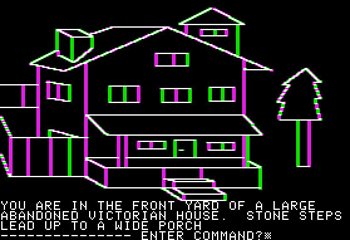A Pedestal, A Table, A Love Letter: Archaeologies of Gender in Videogame History
-
boys club not just a given fact
-
generally critiquing how video game history is written
It is these texts, among others, that Erkki Huhtamo (2005) critiques as embodying the “chronicle era” of videogame history, reflected in publications “mainly concerned with amassing and organizing data” (4). According to Huhtamo, the collection and assemblage of facts about videogame objects preoccupies most historical writing, especially by those authors for whom videogames were “a powerful formative experience […] observing games with the eyes of a fan and insider” (4). In Huhtamo’s estimation, this results in a history “unable to [be related to] wider cultural framework(s), including contemporary media culture” (4).
Huhtamo’s own project proposes an “archaeology of gaming” consistent with contemporary scholarly approaches in media studies and media history, typically captured under the umbrella of “media archaeology”: the materialist and archaeological turns which privilege non-progressive history, analysis of failed and dead media, and strong attention to technological materiality and medium specificity (rather than a representational or screen-based focus).
- what is the “screen-based focus”?
- simply adding women to the canon doesn’t cut it
- speleology > cave adventure talk in Marbach
- I really love the gender as infrastructure aspect
History is not in what we talk about, but in how we organize its meaning. 💪
- Williams definitely had technicity towards video game development, but by not programming she falls out of many historians frame/ing
what counts in game history? How do bodies come to count in game history? How do spaces come to count in game history? How do memories come to count in game history?
- the material conditions of video game design and development; the table. i have to take up this point and apply it to something like robox
Thus, perhaps Roberta did not come to the table so much as the table came to her, as an object with agency within a broader condensation of domestic, architectural, and gendered expectations for behaviour and orientation.
- I love the text’s focus and description of the material


- looking at how Williams designed/wrote “Mystery House” I start to wonder how the rooms/designs in Robox came into being
While most games, up to that historical moment, posited their ludic experiences in visions of outer space, fields of physical play, or fantasy caves and dungeons, Mystery House does not share the genealogical investments in space and military research, tabletop gaming, and science fiction enthusiasm that concretized male affinities, affects, and practices around gamemaking.
Discussion topics
- material conditions of video game production
- writing the implosion
- design documents of roberta williams
- how to interview/research, after reading this text
- capture social environments
- study the boring things
- how to approach the topic of the gamer
- how roberta williams world is mirrored within the game, very specific reading of the games content
Bibliography
Nooney, L. (2013, December). Game Studies—A Pedestal, A Table, A Love Letter: Archaeologies of Gender in Videogame History. https://gamestudies.org/1302/articles/nooney